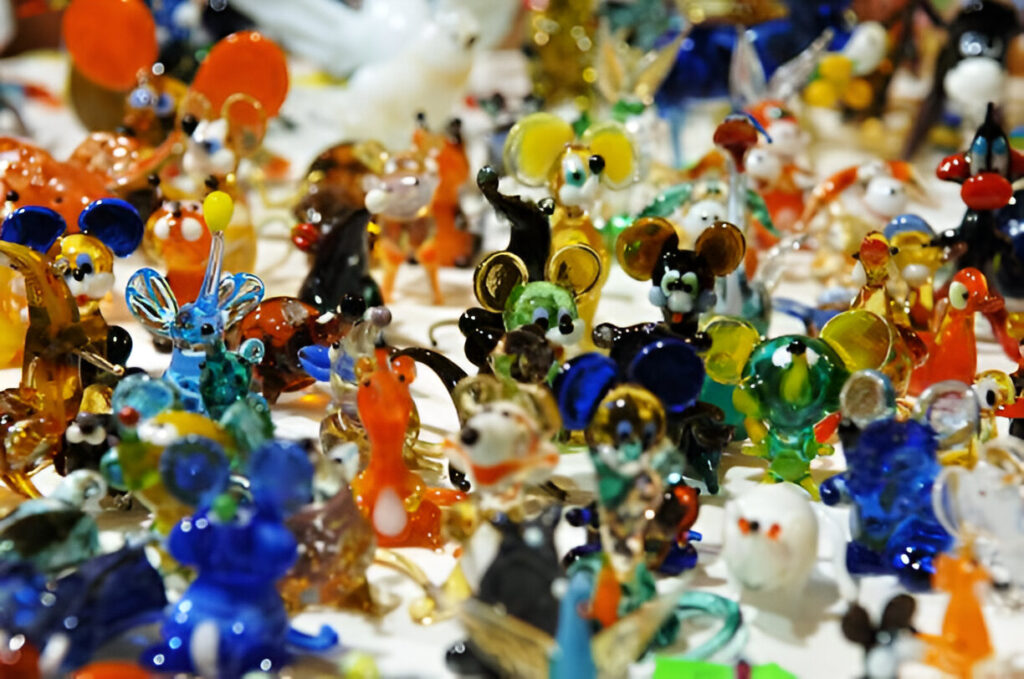Acrylic pour bear art is a creative process that involves fluid acrylic pouring onto a bear-shaped mold or figurine. This form of art has gained popularity in Singapore due to its mesmerizing patterns and endless color possibilities. Acrylic pour bear art is a creative process that involves fluid acrylic pouring onto a bear-shaped mold or figurine. Unlike traditional painting, acrylic pouring does not require brushes or detailed strokes. Instead, artists pour mixed acrylic paints onto the surface, allowing the colors to blend and create unique marbled effects. The process is unpredictable, making every acrylic pour bear one-of-a-kind.
Why Acrylic Pouring is Popular in Singapore
Acrylic pour bear art has become a trending hobby in Singapore for several reasons. First, it is beginner-friendly and does not require prior painting experience. Anyone can create stunning designs with the right techniques. Second, it serves as a relaxing activity that helps reduce stress and encourages mindfulness. Acrylic pour bear art has become a trending hobby in Singapore for several reasons. Many people find the fluid movement of paint and the final unpredictable results to be therapeutic. Additionally, Singaporeans enjoy personalized and unique artwork, making acrylic pour bears a great option for home décor or gifts. The ease of accessibility to acrylic pouring supplies in Singapore has also contributed to its rising popularity.
Materials Needed for Acrylic Pour Bear Art
Before starting your acrylic pour bear project, you need to gather the right materials. The essential supplies include acrylic paints, a bear mold or figurine, pouring medium, mixing cups, stirring sticks, gloves, and a protective workspace. The acrylic paints should be high-quality and fluid enough to create smooth pours. A pouring medium is necessary to achieve the right consistency and prevent cracking. Some artists also use silicone oil to create stunning cell effects. You will also need a varnish or resin for sealing the final artwork to enhance durability and shine.
Choosing the Right Acrylic Paints
Selecting the right acrylic paints is crucial for achieving the best results. Fluid acrylics or soft-body paints work best for pouring techniques. If using thicker paints, you must dilute them with a pouring medium to improve their flow. Many artists prefer high-pigment paints to maintain vibrant colors even after drying. Metallic and iridescent paints add a unique touch by reflecting light, while neon or pastel shades create different moods. It is recommended to choose colors that complement each other to avoid muddy results when mixed.
Importance of the Pouring Medium
Acrylic pouring medium plays a vital role in creating a smooth, even flow of paint. It helps maintain the paint’s vibrancy while preventing cracks or separation. The medium also extends the drying time, allowing colors to blend seamlessly. Various brands offer different pouring mediums, and some even include additional effects such as gloss or matte finishes. Experimenting with different ratios of paint to medium will help achieve the desired consistency.
Step-by-Step Guide to Creating an Acrylic Pour Bear
Preparing the Workspace
Start by setting up a clean and well-ventilated workspace. Cover the area with a plastic sheet or newspaper to prevent spills and stains. Wear gloves to keep your hands clean and ensure the bear figurine is free from dust or oil. If using a mold, place it on a level surface to avoid uneven pouring. Keep all materials within reach to ensure a smooth workflow.
Mixing Acrylic Paints
Pour acrylic paints into separate mixing cups and add the pouring medium. The general ratio is one part paint to two parts medium, but this may vary depending on the paint type. Stir thoroughly until the mixture has a smooth, honey-like consistency. If you want to create cells in your artwork, add a few drops of silicone oil and stir lightly.
Choosing a Pouring Technique
There are several acrylic pouring techniques to choose from, each creating different effects. The dirty pour method involves layering different colors in one cup and pouring them all at once. The flip cup technique requires flipping the cup onto the bear figurine and letting the paint flow naturally. The swipe technique involves dragging a tool across the paint surface to create unique patterns. The puddle pour method consists of pouring individual colors onto the surface and letting them spread. Experimenting with these techniques allows you to find the style that best suits your artistic vision.
Pouring the Paint
Once your paints are ready, slowly pour them onto the bear figurine or mold. Tilt and rotate the bear to help the colors spread evenly. If using a mold, make sure the paint covers all edges for a consistent finish. Allow the colors to flow naturally without over-mixing to maintain unique patterns. You can use a palette knife or stick to manipulate the paint slightly if needed.
Drying and Sealing the Artwork
After pouring, let the acrylic pour bear dry for at least 24 to 48 hours in a dust-free environment. Avoid touching or moving it to prevent smudging. Once completely dry, apply a varnish or resin coating to protect the artwork and enhance its shine. A resin finish provides a glossy, glass-like effect, while varnish offers different finishes such as matte, satin, or gloss.
Where to Find Acrylic Pour Bear Supplies in Singapore
There are several art supply stores in Singapore that offer high-quality acrylic paints, pouring mediums, and resin coatings. Local craft stores and online marketplaces provide a variety of options for beginners and experienced artists. Some specialty art stores also offer acrylic pouring kits that include all necessary materials for an easy start. If you prefer hands-on guidance, some workshops in Singapore teach acrylic pour techniques, allowing participants to create their own customized bears.
DIY vs. Workshop Experience
Creating an acrylic pour bear at home allows complete creative freedom and flexibility. You can experiment with different techniques and color combinations at your own pace. However, attending a workshop provides expert guidance, ensuring better results, especially for beginners. Workshops also offer access to high-quality materials and professional tools that may not be readily available at home. Additionally, they create a social and engaging environment where participants can share ideas and inspiration.
Tips for a Successful Acrylic Pour Bear Project
Acrylic pouring is an enjoyable and experimental art form, but a few tips can help improve the outcome. Always mix paints thoroughly to prevent clumps and ensure a smooth flow. Test color combinations on a small surface before pouring on the bear to avoid unwanted results. Keep the workspace level to ensure even drying and prevent paint from pooling in certain areas. Use a heat gun or torch lightly over the surface to remove air bubbles and enhance cell formation. Lastly, be patient with the drying process to achieve a flawless finish.
Common Mistakes to Avoid
One of the most common mistakes in acrylic pouring is using thick paint that does not flow well. Always adjust the consistency with a pouring medium to achieve the best results. Over-mixing colors can create a muddy appearance, so it’s best to layer paints gently. Insufficient drying time may lead to smudging or cracking, so ensure the artwork is completely dry before sealing. Using too much silicone oil without proper mixing can result in uneven surfaces. Avoid these mistakes to create a beautiful and lasting acrylic pour bear.
Conclusion
Acrylic pour bear art is a fascinating and accessible form of creative expression. Whether you are a beginner or an experienced artist, this technique offers endless possibilities for unique designs. With the right materials, techniques, and patience, anyone can create a stunning acrylic pour bear in Singapore. Whether crafting at home or attending a workshop, this art form provides a fun and therapeutic experience. Explore different colors, experiment with techniques, and enjoy the magic of fluid art.



